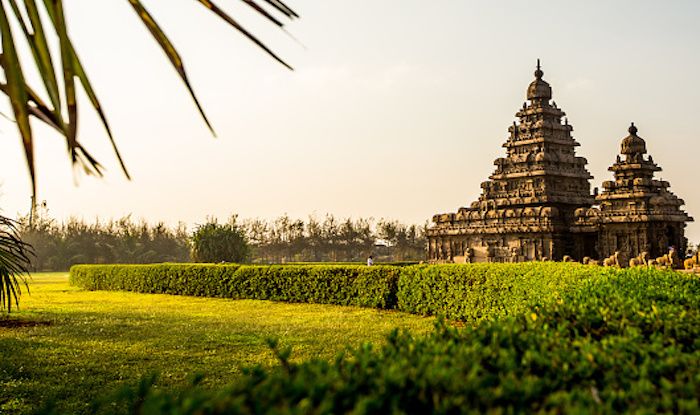About
Tamil Nadu is the southernmost state of India. The tenth largest Indian state by area and the sixth largest by population, Tamil Nadu is the home of the Tamil people, who speak the Tamil language, one of the longest surviving classical languages and serves as its official language. The capital and largest city is Chennai.
Located on the south-eastern coast of the Indian peninsula, Tamil Nadu is straddled by the Western Ghats and Deccan Plateau in the west, the Eastern Ghats in the north, the Eastern Coastal Plains lining the Bay of Bengal in the east, the Gulf of Mannar and the Palk Strait to the south-east, the Laccadive Sea at the southern cape of the peninsula, with the river Kaveri bisecting the state. Politically, Tamil Nadu is bound by the Indian states of Kerala, Karnataka, and Andhra Pradesh, and the union territory of Puducherry and shares an international maritime border with the Northern Province of Sri Lanka at Pamban Island.


In Tamil Nadu, there are more than 400 structures that are more than 1,000 years old. This kind of heritage density is unlikely to be found in any other part of the world. Tamil civilization (under the larger umbrella of Bharatvarsha) is old. When in Tamil Nadu, there is ancient wisdom and beauty in the very air you breathe.
If you take language as a marker of civilization, Tamil is a leading contender. A quick google search of “oldest language in the world” is likely to list Tamil as one of the oldest languages spoken by human beings. Some of the practices mentioned in Tamil literature are thousands of years old and are still practiced signifying a continuous civilizational thread.
For example, every village in Tamil Nadu has a guardian deity. If you drive along Tamil roads, you are likely to find sculptures by the roadside. You are welcome to satisfy your curiosity and stop and take a photo (but always remember to be respectful of local customs).